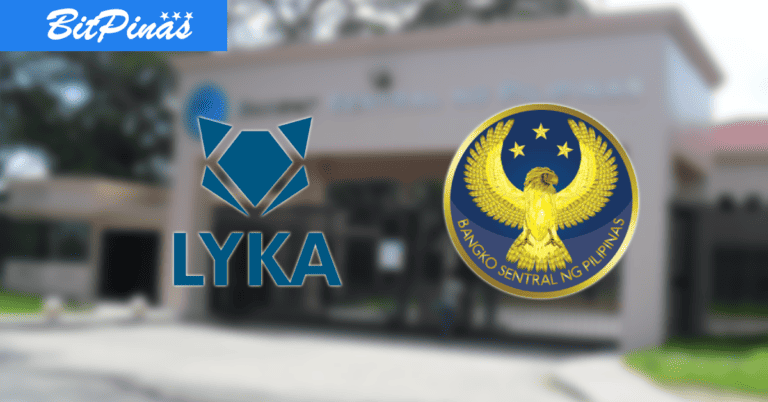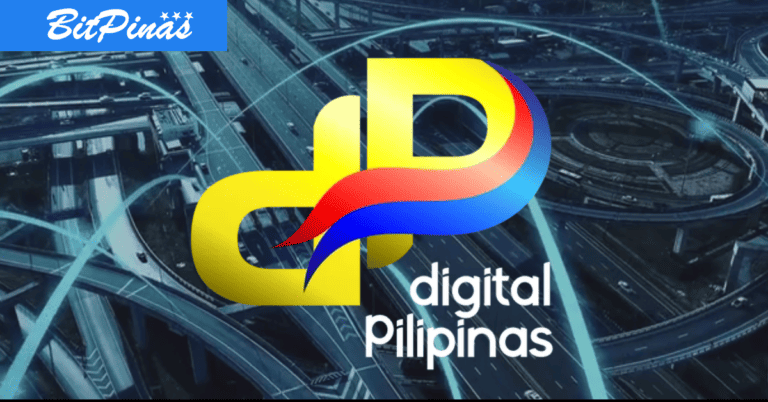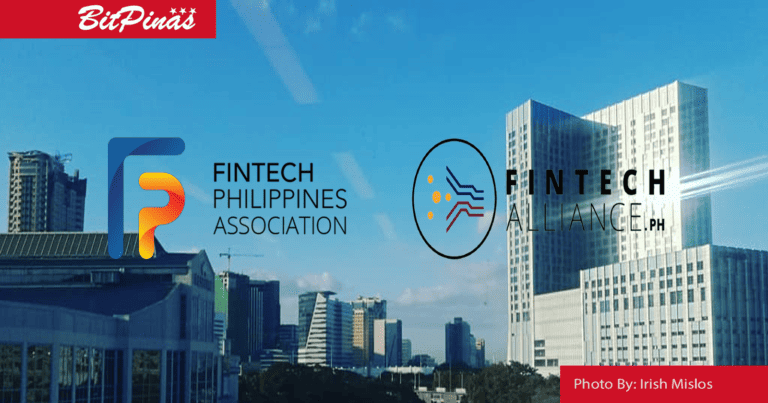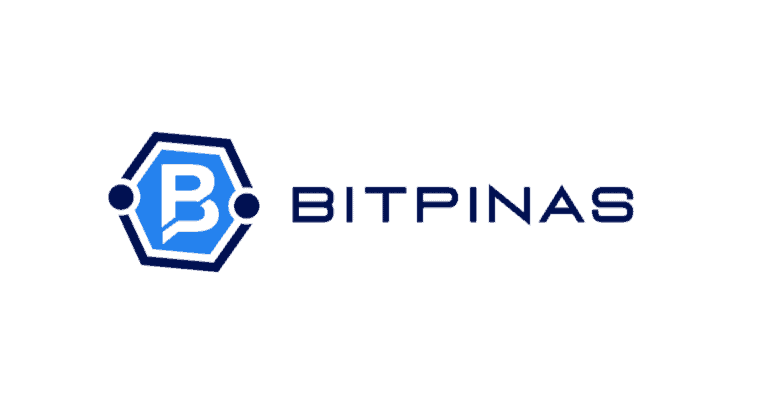Distributed Ledger Technology 101 | DLT Guide
DLT technology has many variations, and they differ mostly in the way transactions are validated and stored.
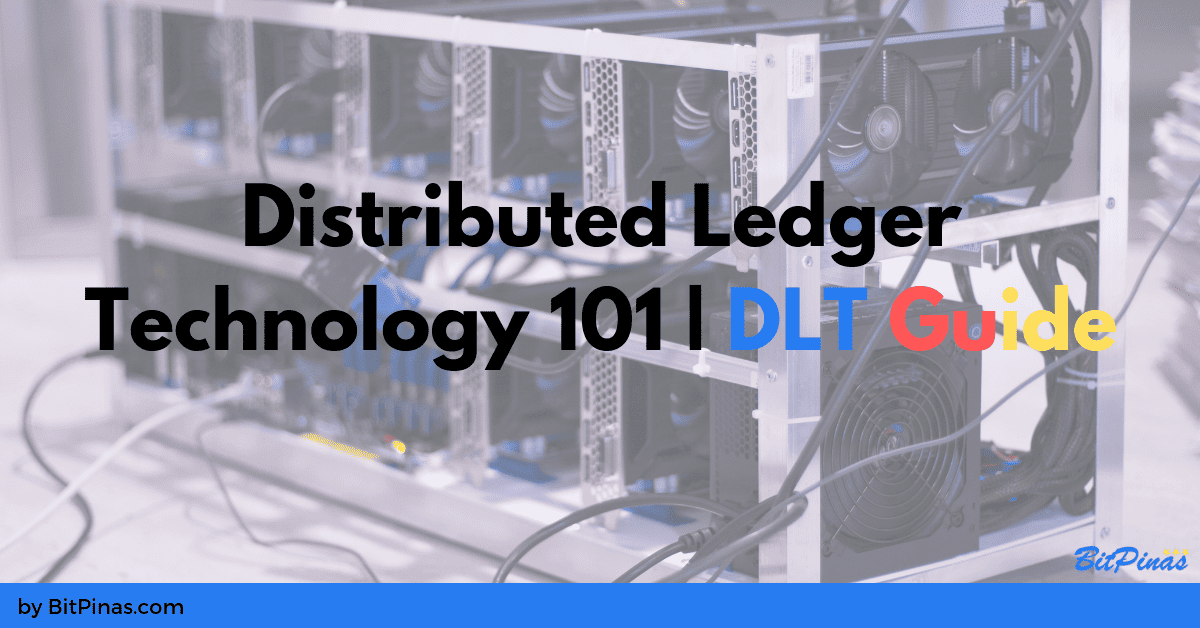
A distributed ledger or DLT “is a consensus of replicated, shared, and synchronized digital data geographically spread across multiple sites, countries, or institutions.” The most popular form of digital ledger is blockchain.
Being a distributed database, a DLT has neither central administrator nor central storage. To prevent fraud, a consensus algorithm is needed to ensure that all the nodes (users’ devices) in the network receive the same accurate data. These data continuously updates itself as the network grows and replicates the update to all users in a peer-to-peer fashion.
DLT technology has many variations, and they differ mostly in the way transactions are validated and stored.
Blockchain
A blockchain is simply a constantly growing chain of blocks. Each block contains data, a timestamp, and a link to the previous block; forming a chain. For most blockchains, the old blocks are stored forever and new blocks are constantly added to the database. The further back a block is the more secure it gets. Old blocks are practically irreversible so it can never be manipulated or tampered.
A blockchain may be public or private, depending on the application. Public blockchains back most of the crypto industry while banks and enterprises are experimenting on private blockchain use cases.
Blockchains are currently facing scalability issues, hence, crypto projects are looking into different scaling solutions like bi-directional payment channels while others are ditching blockchain altogether and exploring different DLTs.
DAG
Directed Acyclic Graph is a type of data style that uses topological ordering, meaning the sequence can only go in one direction and no element (or block) can link back to itself. Its structure is similar to that of a file directory where folders contain subfolders which branch off into different subfolders and so on.
The most popular DAG implementation is Iota, a cryptocurrency that intends to address the transaction fees and scalability issues of blockchain by getting rid of the block and chain. So instead of relying on miners to validate transactions, a user must verify two other previous transactions which allow him to submit his transaction to the Iota ledger, which will then be verified by another user.
Another popular and unique DAG implementation is Nano, a cryptocurrency that created a block-lattice ledger—making each user account a standalone blockchain.
Another noteworthy mutation of DAG is Hashgraph, which is claimed by the creator to be able to process 250 transactions/second, dwarfing Bitcoin’s 7 tps.
This article originally appeared on BitPinas: Distributed Ledger Technology 101 | DLT Guide
